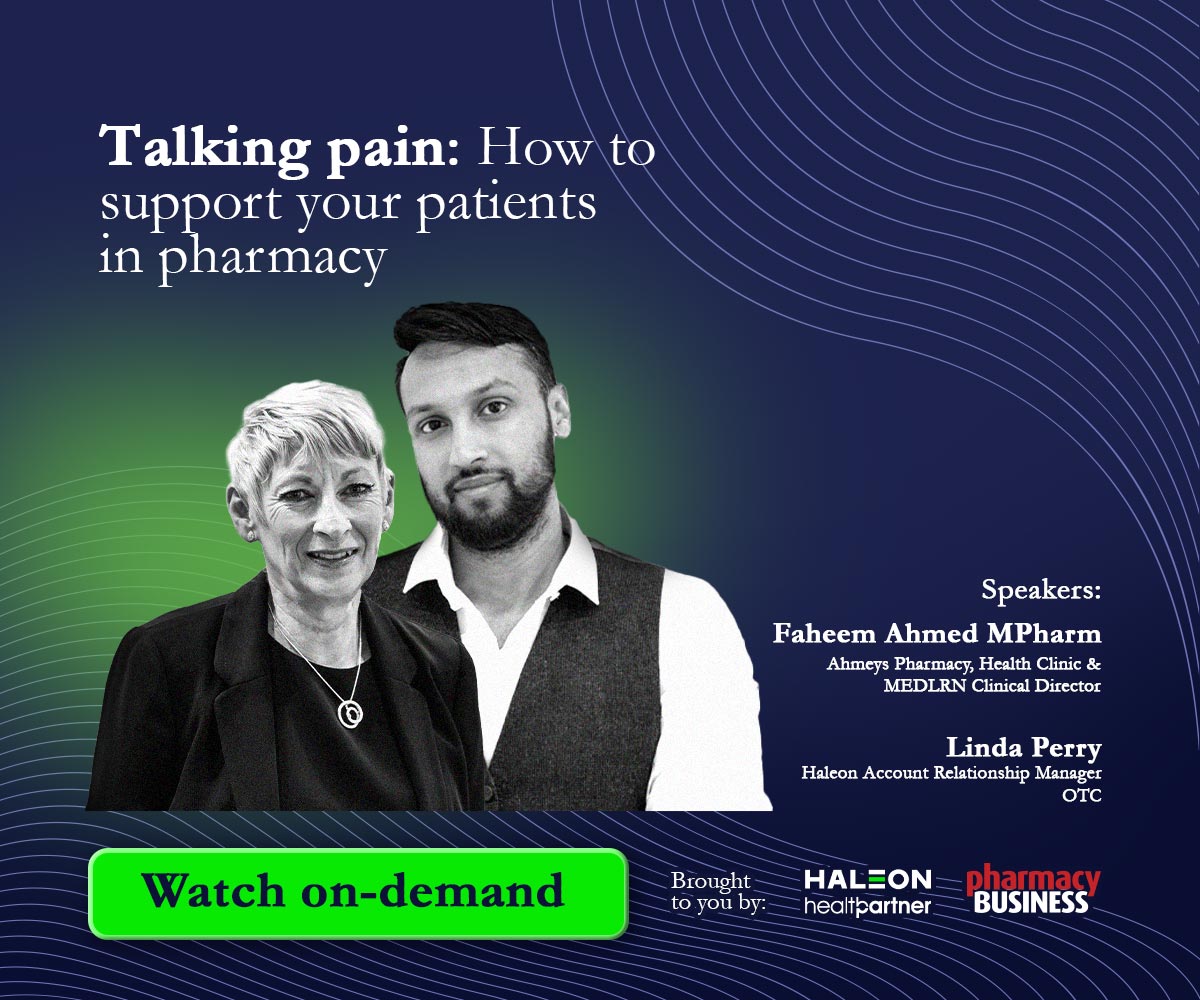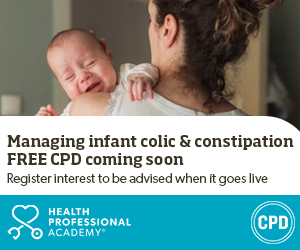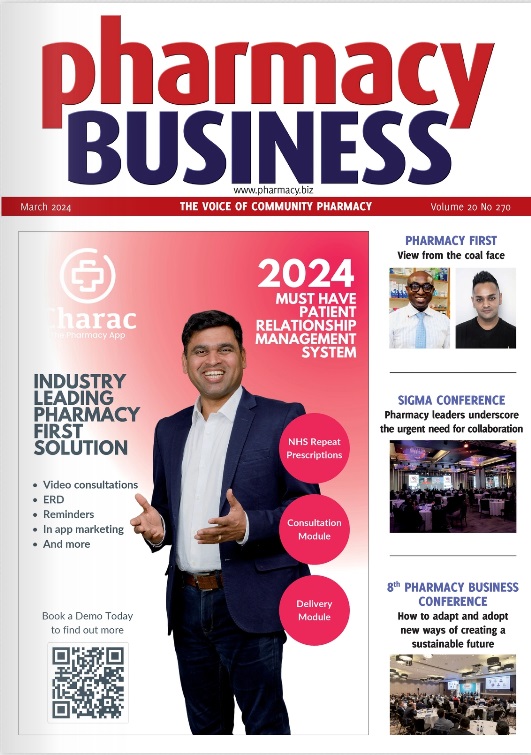A Orthodontic treatment should be carried out by qualified professionals round this time five years ago there was a surge in the reporting of people performing DIY orthodontics on themselves in their own homes.
Mainstream media reported that video tutorials had emerged online with instructions on using small elastic bands to adjust teeth positions.
What followed were some horrendous pictures of irreparable damage to people’s teeth and gums.
The trend escalated to a point where in 2017, the American Dental Association revealed that 13 per cent of patients had tried some kind of DIY teeth straightening appliance that had backfired.
Now, we are seeing the situation further evolve, with private companies offering DIY orthodontic treatment under the term ‘direct-to-consumer’ orthodontics.
The Oral Health Foundation is becoming increasingly concerned with the rise of the DIY orthodontic market and the potential harmful consequences it could have for millions of consumers.
Undoubtedly, as the demand for DIY orthodontics increases, pharmacists may find themselves being called upon by patients for advice.
Current state of play
Firstly, let’s define exactly what we mean by DIY orthodontics. Orthodontics is dental treatment (usually with braces) that is most often used to improve the appearance and alignment of crooked, protruding or crowded teeth, and to correct problems with the bite of the teeth.
The DIY Orthodontics, also called ‘mail-to-order’ or ‘directto-consumer’ orthodontics describes orthodontic treatment that people can buy online and then carry out the treatment themselves at home. It is becoming popular in the UK as people look for cheaper ways to get a straighter smile.
DIY orthodontics offer a cheaper way to do orthodontics because they often miss out a vital part of the process – having a face-to-face consultation with a trained orthodontist.
Often, the service requires the user to take their own dental impressions which are then used as a base for clear aligner treatment.
Clear aligners are a series of specially moulded, clear plastic braces which are made specially for each patient. Each set is worn for one to two weeks before being replaced with the next one.
Each aligner is different from the one before, and moves the teeth a little bit more. Done properly, this aligner treatment would be carried out from start to finish with the supervision and input of a trained orthodontist. However, when it comes to mailto-order orthodontics patients are usually sent the aligners, told when they need to change them and left to carry out the treatment all by themselves.
Understandably, the dental profession is very concerned about the rise in DIY orthodontics and illegal teeth whitening. Here are the dangers that they pose to consumers and how to deal with enquiries you might get:
DIY orthodontics Firstly, it’s vital to stress that any orthodontic treatment should be carried out by a qualified orthodontist – a dentist who has gone through an additional threeyear specialist training.
Undergoing any orthodontic treatment without the supervision or recommendation of a trained orthodontist puts people’s oral health in a dangerous position.
This is because a trained orthodontist plays a vital role in the process; they have the knowledge, expertise and experience to make sure patients are guided through this complicated medical process in a safe, appropriate and effective way.
Before patients start any treatment, their teeth and gums should be checked to make sure that they are suitable for orthodontic treatment. This is not just to make sure that the treatment will work – it’s to make sure that it is also safe.
A patient’s oral health needs to be up to a certain standard before they can have braces. So, before treatment, a dentist or orthodontist should examine them to make sure their bones and gums are healthy. They may also take scans, impressions and photographs of their teeth.
Once they know that patient’s oral health is in a state suitable for treatment, they will then tell them about the various options available including the pros and cons of each treatment.
All of this puts the patient in a far better position to decide which treatment is best for them, and what will give them the best chance of achieving the healthy smile they’re looking for.
If patients come into your pharmacy seeking advice or information, we would highly recommend pointing them in the direction of our Safe Brace website (www.safebrace.org) as it should contain all the information they need.
Tooth whitening
It would seem silly not to also briefly discuss tooth whitening. The law is clear; tooth-whitening products and kits bought over the counter on the internet can legally only contain up to 0.1 per cent hydrogen peroxide. Products containing or releasing up to six per cent hydrogen peroxide can be used, as long as:
–Products of this strength are sold only to dental practitioners.
–A dentist has first examined the patient to make sure there are no risks or any other concern about their oral condition.
–The patient is over 18 years old.
–For each cycle of use, first use is by a dental practitioner or under their direct supervision by a dental hygienist or dental therapist.
For information on how to get tooth whitening done safely and legally patients can be pointed in the direction of the ‘safe tooth whitening’ section on our website (www.dentalhealth.org).
By Dr Nigel Carter OBE
Chief Executive
Oral Health Foundation.
This article also appears in the April issue of Pharmacy Business.









